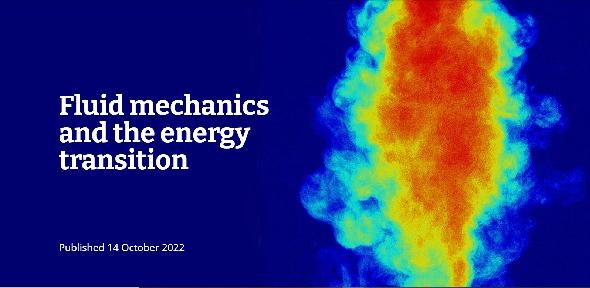
Decarbonisation of the energy system is the greatest challenge we face. At Cambridge’s Institute for Energy and Environmental Flows, world-leading researchers in fluid mechanics, thermodynamics and surface science are working to develop the solutions we need to replace fossil fuels and protect our planet.
After an extremely hot, dry summer in the UK, where records were broken once again, many of us are realising that climate change isn’t some far-off possibility: it’s already here. To protect our planet for current and future generations, we need solutions now.
There is hope, however: there are options in all sectors to significantly reduce carbon emissions. Huge cost and efficiency improvements in wind and solar power are building up the renewable supply of electricity, but the associated intermittency requires substantial energy storage infrastructure to replace the gas-fired power stations which cushion against this intermittency. Other industries, such as global shipping, aviation, cement, fertiliser, and iron and steel require radical solutions, including the possible use of hydrogen and carbon capture and storage technology.
"We need to transition our economy to low carbon sources of power as a matter of urgency. Universities like Cambridge are working hard to develop the science and technology to underpin this industrial revolution, in collaboration with industry." Professor Andy Woods, Director of the Institute for Energy and Environmental Flows (IEEF)
Woods is Director of the Institute for Energy and Environmental Flows (IEEF). The Institute was established at Cambridge in 2000, and was originally known as the BP Institute. The IEEF’s researchers work with academic and industrial collaborators from around the world, using fluid mechanics, thermodynamics and surface science to help with some of the major challenges for decarbonisation including geological carbon storage, superfast battery charging, efficient building heating systems and lubricants which reduce drag.
Image credit: Dr Nicola Mingotti

